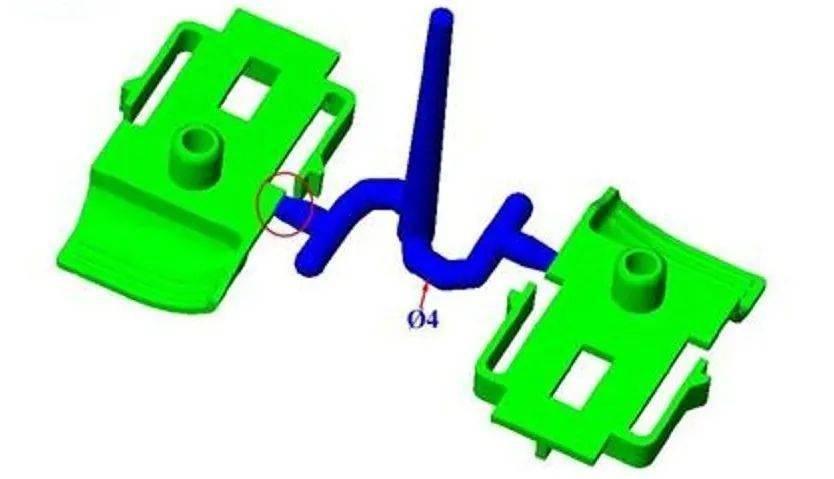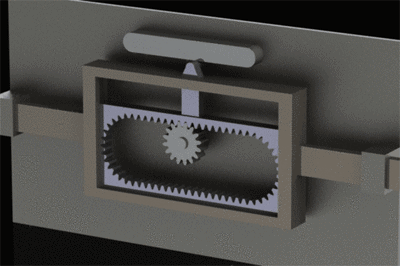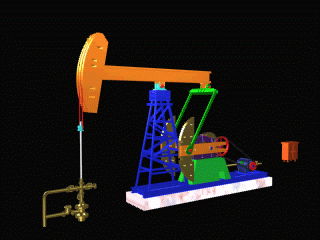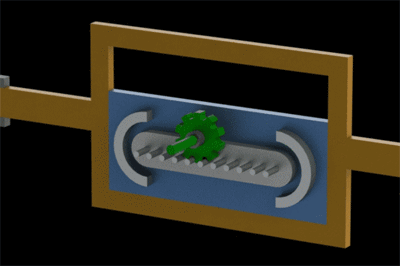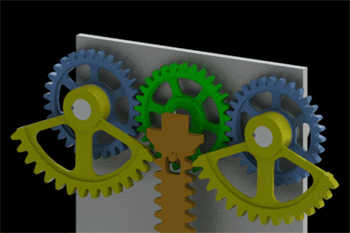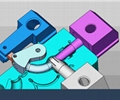| Model: | - |
|---|---|
| Brand: | - |
| Origin: | Made In China |
| Category: | Industrial Supplies / Machine Hardware / Mold |
| Label: | Hardware mould , Plastic mold , Die casting mold |
| Price: |
-
|
| Min. Order: | - |
Product Description
01
Requirements and influence of gate location
(1) 5 requirements that the gate location needs to meet
1) Appearance requirements (gate marks, weld lines)
2) Product functional requirements
3) Mold processing requirements
4) Warpage and deformation of the product
5) The gate volume is not easy to remove
(2) Impact on production and functions
1) The flow length determines the injection pressure, clamping force, and the shortening of the flow length when the product is not filled can reduce the injection pressure and clamping force.
2) The gate position will affect the holding pressure, the size of the holding pressure, and whether the holding pressure is balanced. Keep the gate away from the product's stressed position (such as the bearing) to avoid residual stress. The gate position must consider exhaust to avoid If wind accumulates, do not place the gate on the weaker or embedded part of the product to avoid deviation.
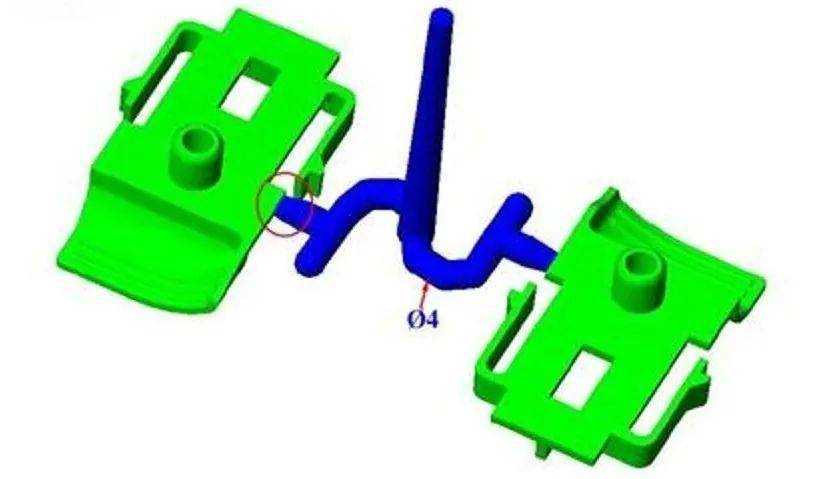
02
Skills of gate design and location selection
(1) Gate
The gate is a short groove with a small cross-sectional area to connect the runner and the cavity. Therefore, the cross-sectional area should be small in order to obtain the following effects:
1) Shortly after the cavity is injected, the gate will be cold
2) Easy to remove water
3) The dewatering port is completed, leaving only a few traces
4) Make the filling of multiple mold cavities easier to control
5) Reduce the phenomenon of excessive filler
(2) Gate location and size
1) Place the gate at the thickest part of the product, and pouring from the thickest part can provide better filling and pressure holding effects. If the holding pressure is insufficient, the thinner area will solidify faster than the thicker area. Avoid placing the gate at a sudden change in thickness to avoid hysteresis or short shots.
2) If possible, pouring from the center of the product, and placing the gate in the center of the product can provide equal length flow. The size of the flow length will affect the required injection pressure. The central pouring makes the packing pressure uniform in all directions. Can avoid uneven volume shrinkage.
3) When the plastic flows into the runner, the plastic is the first to reduce heat (cooling) and solidify when it approaches the mold surface. When the plastic flows forward, only the solidified plastic layer flows through. And because plastic is a low heat transfer material, solid plastic forms an insulating green layer and a retaining layer that can still flow. Therefore, under ideal circumstances, the gate should be set at the position of the cross-runner layer to achieve the best plastic flow effect. This situation is most common in circular and hexagonal cross runners. However, trapezoidal cross runners cannot achieve this effect because the gate cannot be set in the middle of the runner.
(3) When determining the gate location, the following principles should be adhered to:
1) The rubber injected into each part of the cavity should be as even as possible;
2) The rubber material injected into the mold should maintain a uniform and stable flow frontline at all stages of the injection process;
3) The possible occurrence of weld marks, bubbles, cavities, vacant positions, insufficient glue injection, and glue spray should be considered;
4) The operation of the dewatering port should be made as easy as possible, preferably automatic operation;
5) The location of the gate should be matched with all aspects.
There are no hard and fast rules for the method of gate design, mostly based on experience, but there are two basic elements that must be compromised:
1) The larger the cross-sectional area of the gate, the better, and the shorter the length of the channel, the better to reduce the pressure loss when the plastic passes through.
2) The gate must be narrow to facilitate cold formation and prevent excessive plastic from flowing back. Therefore, the gate is in the center of the runner, and its cross-section should be as round as possible. However, the gate switch is usually determined by the switch of the module.
(4) Gate size
The gate size can be determined by the cross-sectional area and gate length. The following factors can determine the best gate size:
1) Rubber flow characteristics
2) The thickness of the module
3) The amount of rubber injected into the cavity
4) Melting temperature
5) Mold temperature
(5) Balance of gate
If a balanced runner system cannot be obtained, the following gate balance method can be used to achieve the goal of uniform injection molding. This method is suitable for molds with a large number of mold cavities.
There are two ways to balance the gate: changing the length of the gate channel and changing the cross-sectional area of the gate. In another case, that is, when the mold cavity has a different projected area, the gate also needs to be balanced. At this time, to determine the size of the gate, one of the gate sizes must be determined first, and the ratio of it to the volume of the corresponding cavity is calculated, and this ratio is applied to the gate and each corresponding cavity. In comparison, the size of each gate can be obtained one after another. After the actual trial injection, the balance operation of the gate can be completed.
03
to sum up
The gate design is related to the size of the plastic part, the shape of the mold structure, the injection process conditions and the performance of the plastic part. But as far as the basic function is concerned, the gate section should be small and the length should be short, because only in this way can it meet the requirements of increasing the flow rate, rapid cooling and sealing, facilitating the separation of plastic parts, and the minimum gate residue.
The main points of gate design can be summarized as follows:
1) The gate is opened at the thicker section of the plastic part, so that the molten material flows from the thick section into the thin section to ensure complete mold filling;
2) The selection of gate location should make the plastic filling process the shortest to reduce pressure loss;
3) The location of the gate should be selected to help eliminate the air in the cavity;
4) It is not advisable for the gate to make the melt directly rush into the cavity, otherwise it will produce a swirling flow, leaving swirling marks on the plastic part, especially the narrow gate is more prone to such defects;
5) The location of the gate should be selected to prevent splicing lines from being produced on the plastic surface, especially in circular or cylindrical plastic parts, a cold slug well should be added at the place where the melt is poured on the surface of the gate. ;
6) The gate position of the injection mold with a slender core should be far away from the molding core, so that the molding core is not deformed by the impact of the material flow;
7) When forming large or flat plastic parts, in order to prevent warping, deformation, and lack of material, multiple gates can be used;
8) The gate should be opened as far as possible in a position that does not affect the appearance of the plastic part, such as the bottom of the edge;
9) The size of the gate depends on the size and shape of the plastic part and the performance of the plastic;
10) When designing multiple-cavity injection molds, consider the balance of the gate in combination with the balance of the runner, and try to make the molten material evenly filled at the same time.
Member Information
| Huizhou Shunqiang Electronics Co., Ltd | |
|---|---|
| Country/Region: | Guang Dong - China |
| Business Nature: | Manufacturer |
| Phone: | 13715334662 |
| Contact: | Kennethchui (Engineer) |
| Last Online: | 31 Jan, 2025 |
Related Products of this Company
-
Mold vacuum heat treatment technical
-
Automobile air conditioner shell mould
-
Automobile air conditioner shell mould
-
Dynamic diagram of how to demold a
-
A set of mold design ideas and processes
-
New insert type spring clamp chuck
-
Metal mold stamping process
-
3 sets of classic mold structure
-
50 dynamic diagrams of mold structure
-
A kind of high elastic spring-related
